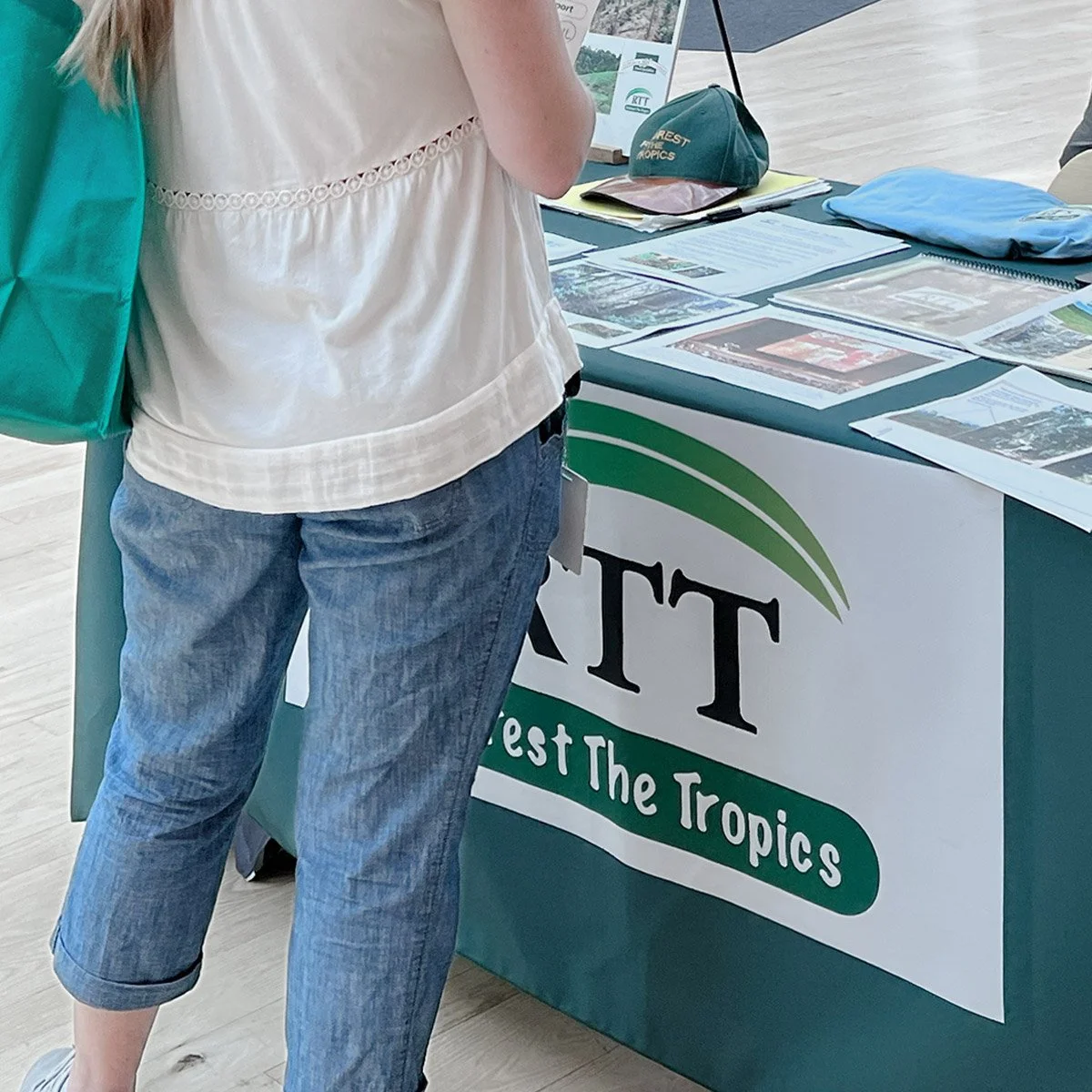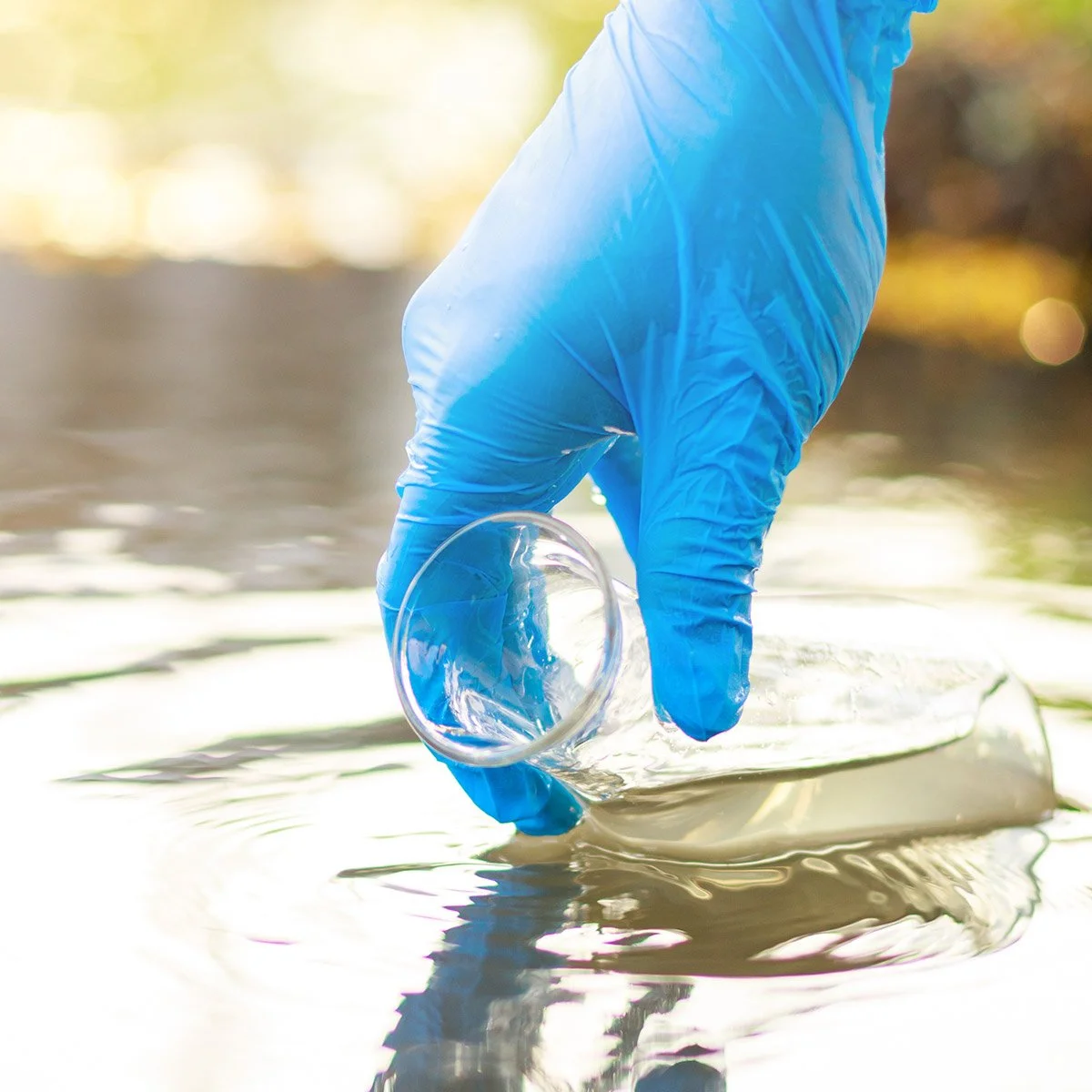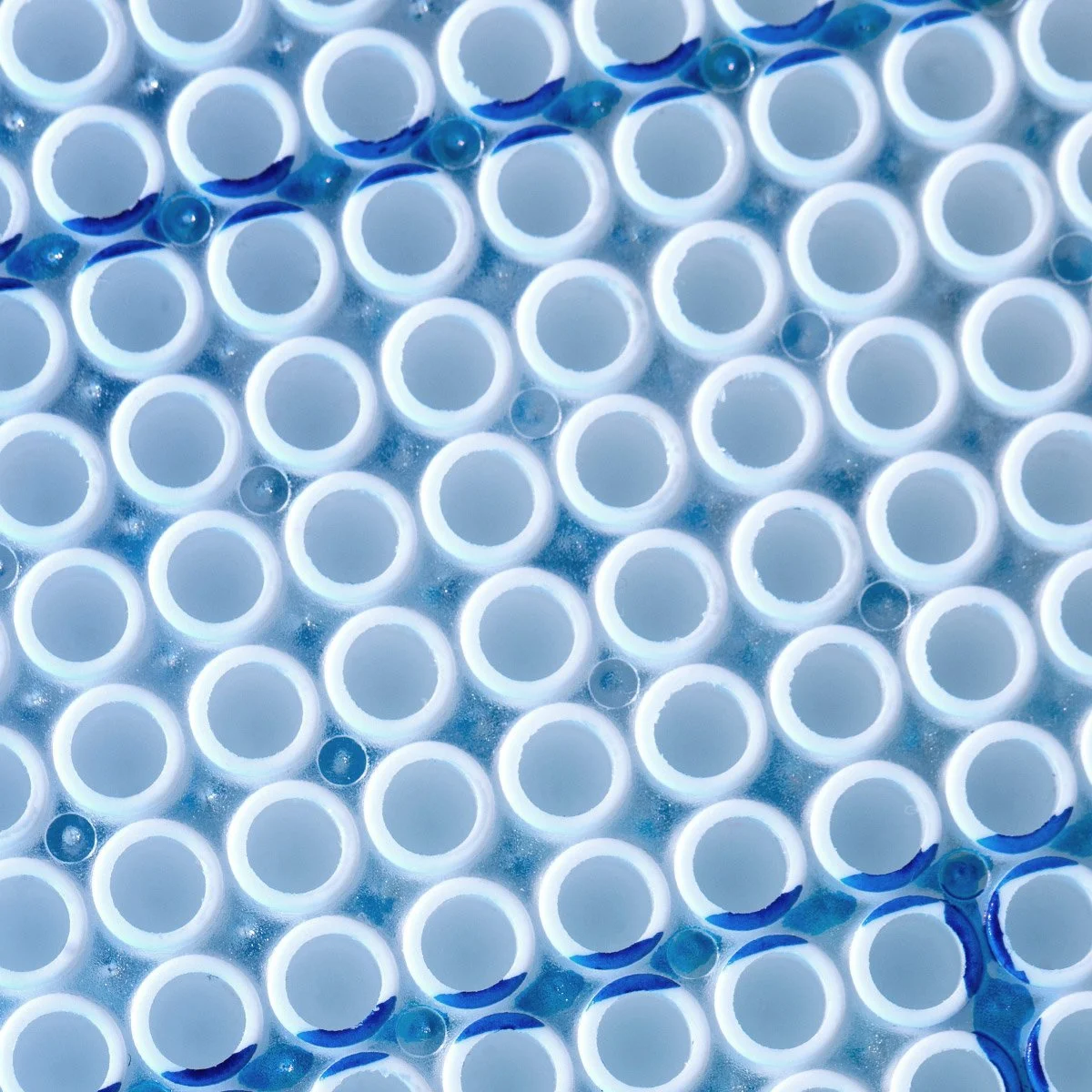Sustainability goals for laboratories
To better assess the success of the University of Chicago pilot program, I asked members of the pilot labs to fill out a survey created to identify weaknesses and strengths of the process. The survey’s aims were threefold: First, to understand to what degree laboratories were more sustainable as a result of joining; Second, to identify points of improvement for myself as the director; Third, to identify strategies that worked well, and ones that did not, so as to better adjust the program.
Sustainable improvement scores varied a lot among the responses. This makes sense in part because some labs started off very sustainable, while others had lots of room for improvement. The labs that were already sustainable felt that there should have been additional challenges to improve their sustainability. This has definitely been challenging for me since the beginning, especially considering that to help these labs be more sustainable requires more funding and increased help from the building managers and facilities. I am working to obtain funding and improve facilities operations, but these two resources take time to work out. In the future, I would like to challenge labs further. I look forward to the challenge of striking a balance between logistically achievable goals and goals that will satisfy very sustainable labs.
Membership at MyGreenLab.org
In assessing the execution of the process, there were a handful of categories that could be improved upon. Many of which would be easier if I had more time to commit to the program. Since I am a graduate student, to make the program as effective, easy, and impactful as possible, I am going to need more help. Green Labs is applying for a grant through a University-associated funding source that will allow us to become a full member of MyGreenLab.org. The benefits of membership would facilitate improvements in organization, support for the individual laboratories, and setting and achieving goals. Survey participants also strongly supported the statement that ‘U Chicago would benefit from hiring a Green Labs professional’. I hope that Green Labs can gain enough funding to pay for memberships for the upcoming three years!
EcoLeaders
Lastly, participants felt that the one-on-one meetings with EcoLeaders and the presentation at group meeting were extremely valuable, so I definitely want to continue to include these meetings in the future. The online resource guide was fairly valuable, as well. Increasing freezers to -70 was one of the easiest changes, but encouraging all lab members to be more sustainable on a daily basis was challenging. In the future, I would like to encourage EcoLeaders to bring up sustainable lab practices every group meeting. Perhaps I could send a weekly email with tips about how to be more sustainable that they can read out loud.
Lab Recycling
Extending campus recycling to science labs...
The largest concerns voiced in the survey regarded recycling. While labs do create a lot of waste, so it is an obvious point of improvement, the fixation on this topic has been difficult to address satisfactorily. To be honest, I am not 100% clear on what is recyclable. The University and the Biological Sciences Division are both very large, and have separate policies about waste management and energy use. I get one answer the first day, and a different answer the second. There are a lot of rumors about what’s recyclable. I have heard that pipette tip boxes are, but I have seen no evidence. Facilities told us that non-laboratory recycling goes to Waste Management in the same shipment as the trash and is separated later at the facility. I am not sure I believe this! It seems like very basic recycling University-wide is probably horribly insufficient, and until I see evidence otherwise, I am not confident that the University is taking this topic seriously. My Green Labs committee members working on the project have struggled to come up with a feasible solution. Improving and expanding recycling will require a much bigger organization or department with University-wide power to take a stand. I have struggled with how to discuss these issues with scientists and I can tell that they are as unsatisfied as I am! Instead of focusing on these large, systemic problems, I have decided to focus on working with Kimberly-Clarke to recycle gloves, which is much more manageable.












Even though it’s not possible to predict where the science will lead, we can promise that life science discoveries will serve humankind well into the future. Circularization strategies economize science and responsibly limit our impact on nature. This green lab tip highlights a few resources for free lab materials and equipment. Let’s keep life science research and education going strong!